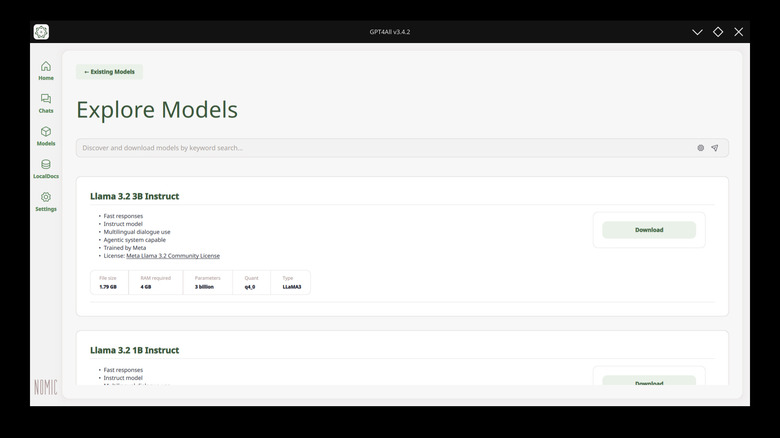Apple Intelligence: The Race for AI Supremacy
The landscape of artificial intelligence has shifted dramatically over the past two years. Since the launch of OpenAI’s ChatGPT, tech giants have scrambled to harness the power of generative AI, with Apple lagging noticeably behind. While competitors like Google and Microsoft have rapidly released their AI solutions, Apple’s approach has been marked by caution and privacy concerns.

In Bloomberg’s latest Power On newsletter, renowned analyst Mark Gurman emphasized that Apple is “at least two years behind” in its artificial intelligence development. Apple’s recent unveiling of its AI model, dubbed ‘Apple Intelligence,’ marks a significant but overdue entry into the AI race. Although Gurman refrained from directly comparing Apple’s timeline with that of OpenAI, the growing capabilities of other platforms make it clear that Apple’s cautious strategy has resulted in a delayed market presence.
A Strategic Delay?
The reasons behind Apple’s slow rollout can be traced back to a philosophy focused on product readiness and user privacy. Craig Federighi, Apple’s senior vice president of software engineering, echoed these sentiments by underlining the importance of a user-centric approach, prioritizing features that personalize the AI experience. Rather than offering a generic chatbot for all users, Apple seeks to create a more tailored interaction model.
This strategy, while commendable, does beg the question: has Apple’s cautious approach compromised its competitive edge? As businesses and consumers flock to more robust AI solutions from rivals, Apple’s hesitance may hinder its ability to capture market share in an evolving technological landscape.
The Future of Apple Intelligence
Despite being behind the curve, Apple has laid plans for a gradual deployment of its AI features. Currently, Apple Intelligence is available for users participating in beta testing with iOS 18.1, iPadOS 18.1, and macOS 15.1. Those in the general public must wait for broader access, illustrating Apple’s strategy of controlled and deliberate release.
Among the features showcased in iOS 18.1 are novel generative writing tools, updated privacy measures, and a revamped version of Siri designed to integrate Apple’s AI capabilities more seamlessly into user interactions. Early adopters can also explore features like Image Playground and AI image generation, hinting at more advanced functionalities on the horizon.

The Local AI Revolution
In a parallel development, there’s an increasing interest among tech enthusiasts about running AI models locally on personal devices, providing users with more control over their data. Tools like GPT4ALL enable users to deploy large language models (LLMs) on their laptops, emphasizing privacy and customization.
Running models locally allows users to circumvent potential privacy breaches often associated with cloud-based services. For instance, with tools such as GPT4ALL, users can manage various AI models, including popular implementations like ChatGPT, without having their conversations monitored or stored externally.
Installing GPT4ALL: A Step-by-Step Guide
The process to install GPT4ALL is relatively straightforward and designed for accessibility, with support for major operating systems including Windows, macOS, and Ubuntu. Installation files are readily available from Nomic AI, the developers behind GPT4ALL. Once installed, the application provides a familiar chat interface that many users will find easy to navigate.
For Linux users, the installation process is slightly more complex; however, detailed guidance is provided on Nomic AI’s platform. The simplicity of accessing various models greatly enhances the user experience, allowing for greater exploration of AI’s capabilities without external dependencies.
Conclusion: A Critical Junction
As Apple pushes forward with its AI ambitions, the importance of a thoughtful rollout cannot be overstated. The company’s commitment to user privacy and nuanced experiences cannot be ignored, but a balance must be struck to avoid being outpaced by faster-moving competitors. At the same time, the rise of tools allowing localized AI management provides a critical counter-narrative, championing individual control over AI interactions.
Amidst this backdrop, Apple Intelligence presents an intriguing chapter in the ongoing saga of AI development. Will it be enough to close the gap with competitors, or is Apple destined to remain a few steps behind? Only time will tell.
Stay tuned for more updates on Apple’s journey as it strives to redefine user interaction through artificial intelligence.
Related Reading
References
 Exploring local AI solutions opens new avenues for user engagement.
Exploring local AI solutions opens new avenues for user engagement.













